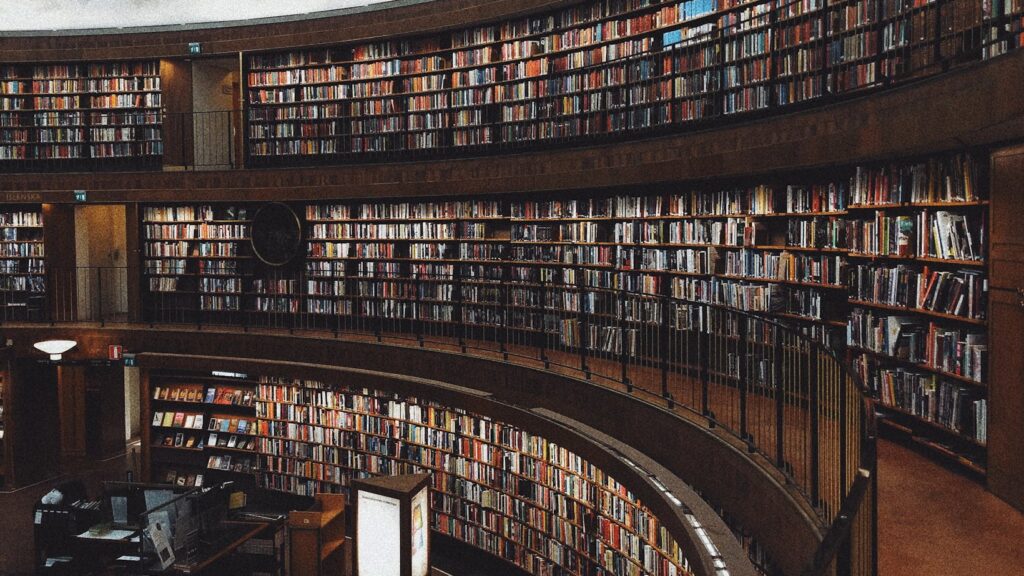Art and literature, two timeless pillars of human culture, have long been intertwined, each influencing and inspiring the other. They’re more than just forms of expression; they’re a reflection of society, a window into human nature, and a testament to our inherent need for beauty and understanding.
Whether you’re an artist searching for inspiration, a literature enthusiast seeking deeper insights, or simply curious about the symbiotic relationship between these two realms, you’ve come to the right place. This article delves into the fascinating interplay of art and literature, exploring their shared history, mutual influence, and enduring impact on our world.
Art and Literature
Table of Contents
ToggleDefining the Relationship
The relationship between art and literature rests in their shared goal of expressing human emotions, experiences, and perceptions of the world. An artist paints a picture, illustrating vivid imagery and evoking strong emotions, much like a novelist writes a story filled with rich descriptions and compelling characters.

Art, akin to visual literature, communicates narratives, themes, and emotions through visual elements—lines, colors, and textures. Take for instance, Edvard Munch’s painting, “The Scream.” Its dramatic colors and exaggerated forms encapsulate intense anguish, comparable to a tragic novel that induces feelings of despair.
Literature, on the other hand, can be seen as verbal art. Each word and phrase constructs an imagery, much like the strokes of a brush in a painting. An apt example is Ernest Hemingway’s “The Old Man and the Sea,” where his simplistic yet powerful prose paints a gripping tale of struggle and endurance.
Influence of Literature on Visual Arts
Literary Themes in Paintings and Sculpture
Visual arts, primarily painting and sculpture, frequently incorporate themes from literature. Artists adapt classic literary narratives, exploring themes and characters, and express them through their artistic vision. For instance, Dante’s “Divine Comedy” has inspired numerous visual artists, among these is Salvador Dali, who created a series of illustrations reflecting on the epic journey. In a similar vein, Milton’s “Paradise Lost” has inspired many artworks, such as John Martin’s romantic, apocalyptic paintings. These examples demonstrate literature’s prominent role as a rich source of inspiration in the realm of visual arts.
Book Illustrations and Artist Collaborations
Artists have long worked in collaboration with writers, contributing to literature through book illustrations. These illustrations enhance the written text, bringing narratives to life by adding a visual dimension.
Furthermore, graphic novels present a dynamic cross-section of art and literature. Creators like Alan Moore and David Gibbons’ “Watchmen” integrate compelling storyline with stylized art, showcasing the seamless blend of these two forms of expression in a singular body of work.
Artistic Inspiration in Literary Works
Describing Visual Art Through Prose and Poetry
Visual art thrives in its depiction of tangible scenes and emotions while literature excels at verbalizing these in-depth thoughts and feelings. The confluence of the two mediums into a hybrid form of expression allows for an immersive experience for the audience. For instance, the vivid imagery in the prose of F. Scott Fitzgerald’s “The Great Gatsby” has been regarded by critics as painting-like, suggesting a visual art element within the literary work.

Poetry mirrors this sentiment as well; American poet, Emily Dickinson, frequently imbued her verses with visual art elements, by expressing detailed imagery through her words. The communion of these two forms of art provides a holistic vehicle to channel human introspection.
Authors Influenced by Art Movements
Literary works often mirror the art movements predominant during their creation. For instance, the cubist art movement greatly influenced Gertrude Stein’s writing style, evident in her pioneering work, “Tender Buttons.” She leveraged cubism’s distinctive characteristic of showcasing multiple perspectives of an object simultaneously to revolutionize traditional narrative forms. Another significant instance is the profound impact of surrealism on Franz Kafka’s enigmatic novels like “The Metamorphosis.” Kafka’s writing intertwines reality and dreams, much like surrealistic art, fostering a disconcerting yet fascinating exploration of the human psyche. These examples reflect the profound relationship between art and literature, shaping narratives and enriching the literary landscape.
Must Know About Art and Literature
Art and literature aren’t just two separate entities; they’re intertwined, each enriching and inspiring the other. Art and literature don’t just coexist. They merge, creating a holistic channel for introspection, reflection, and understanding of our world.
